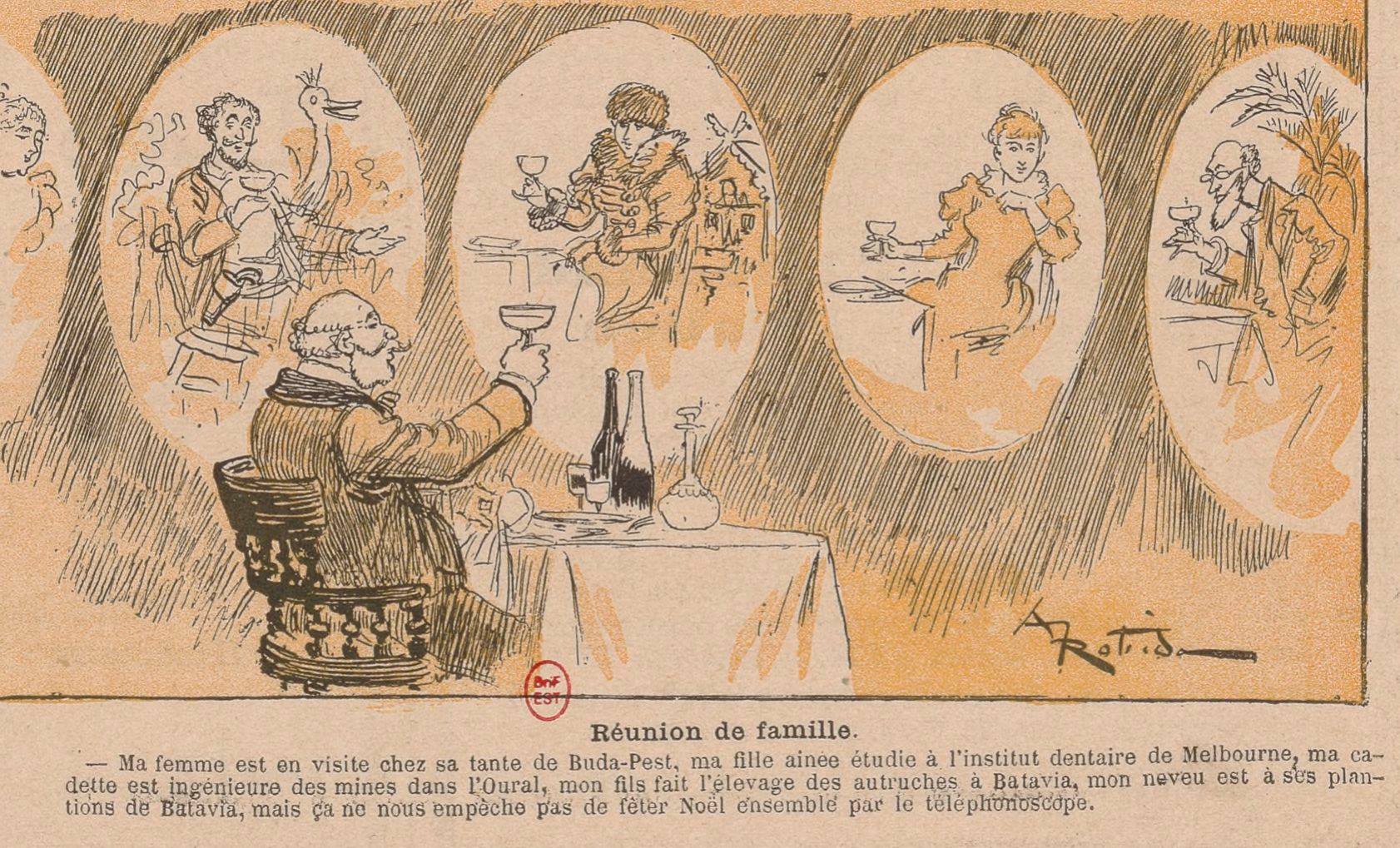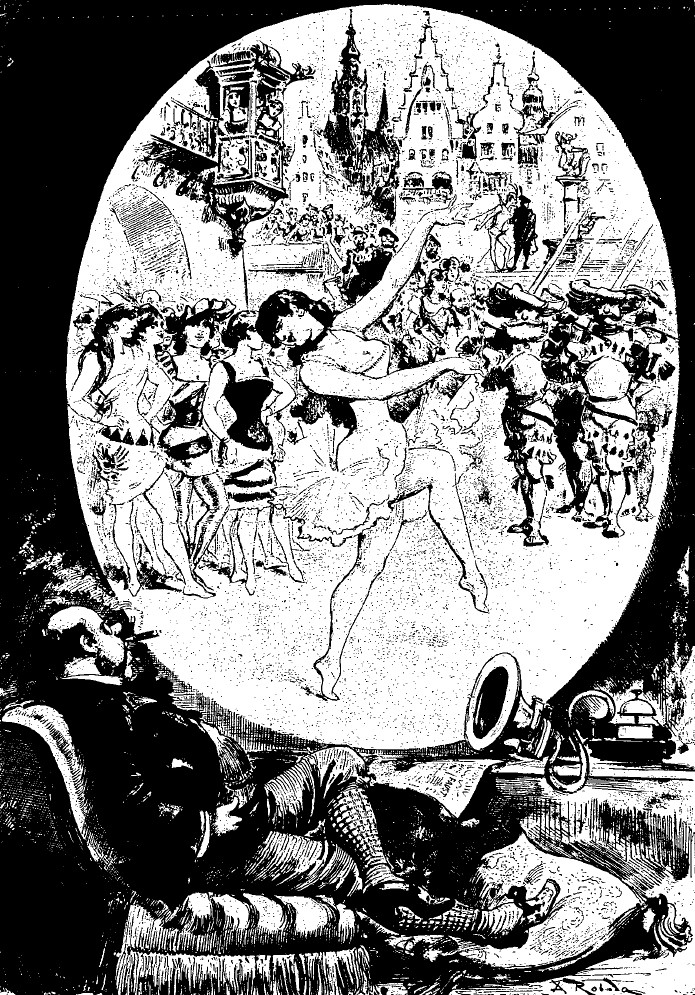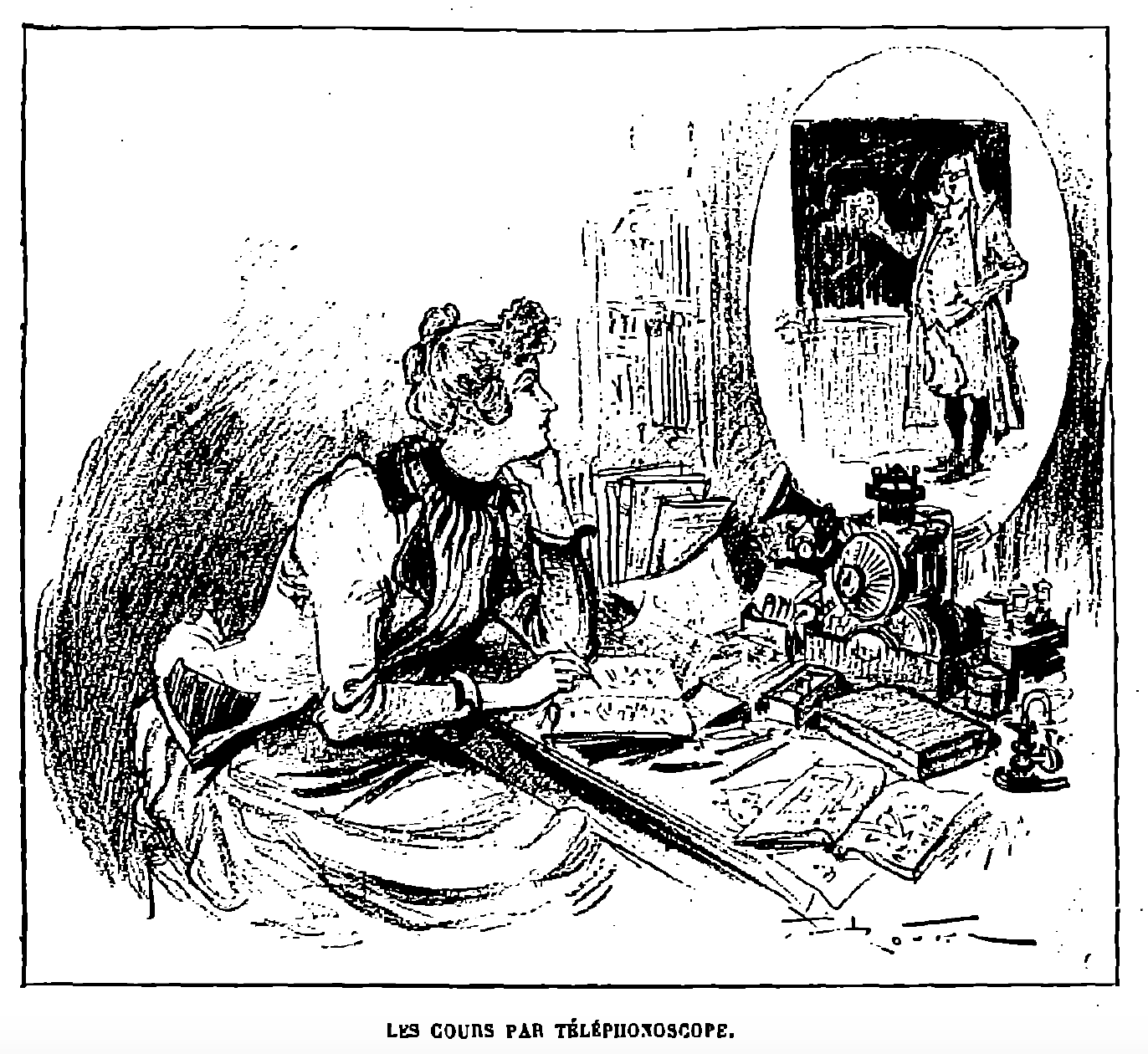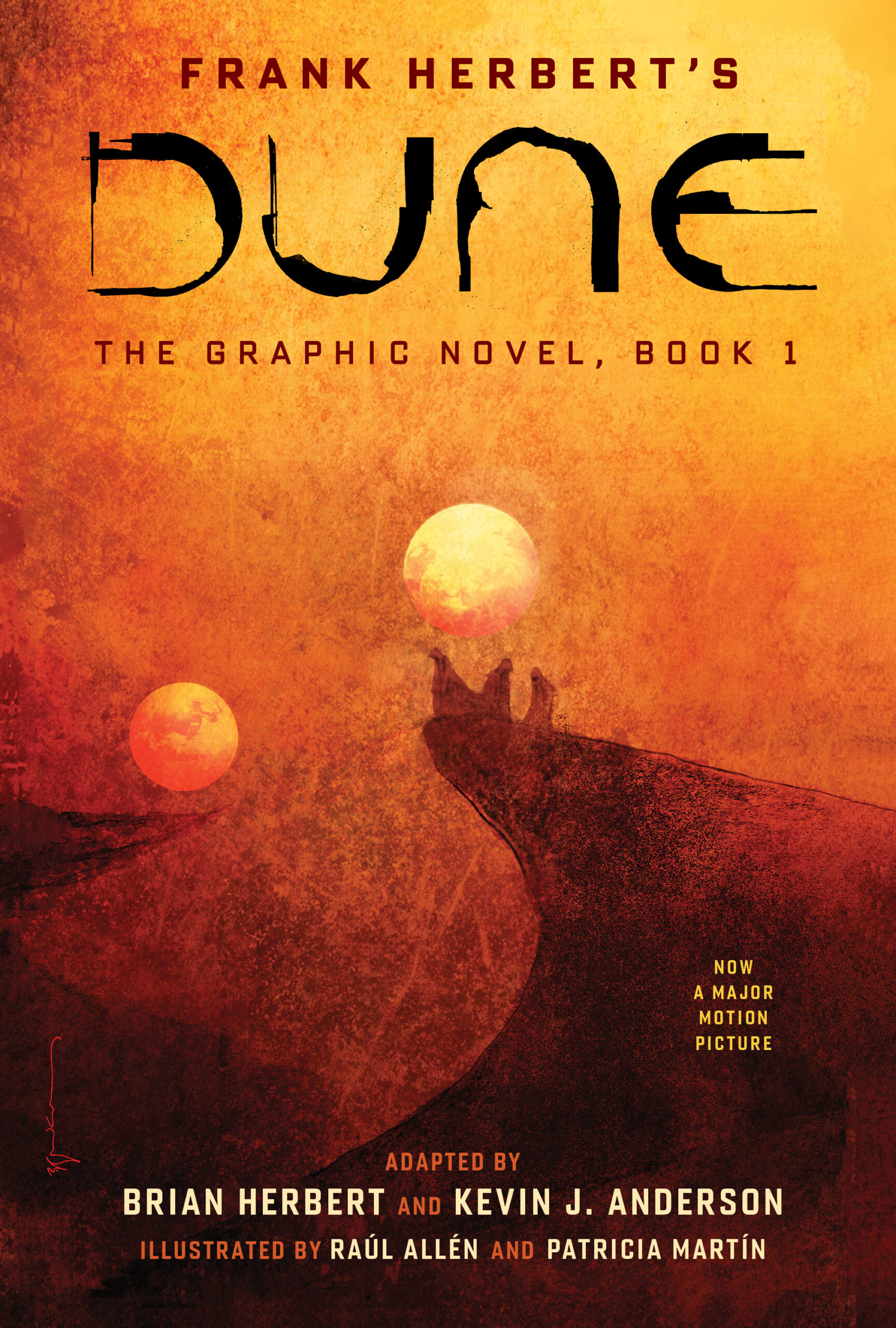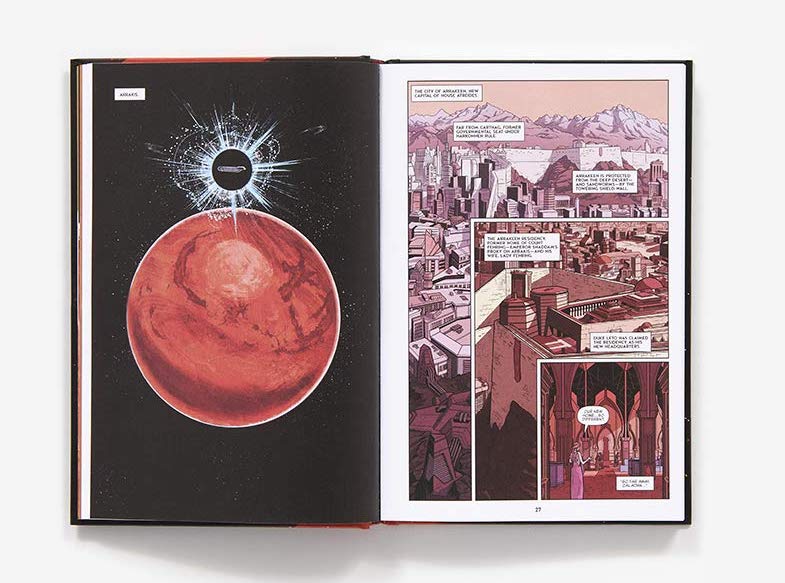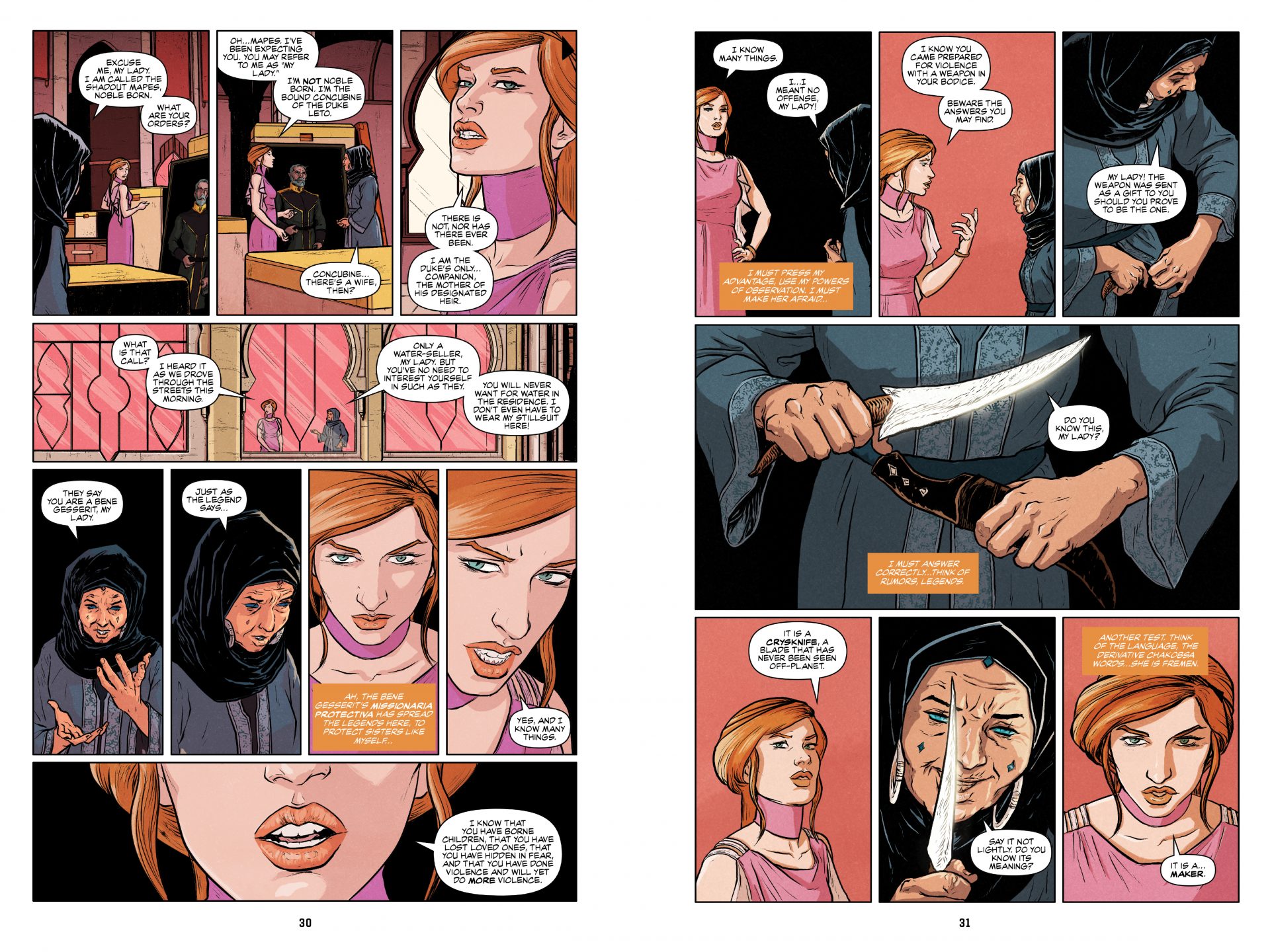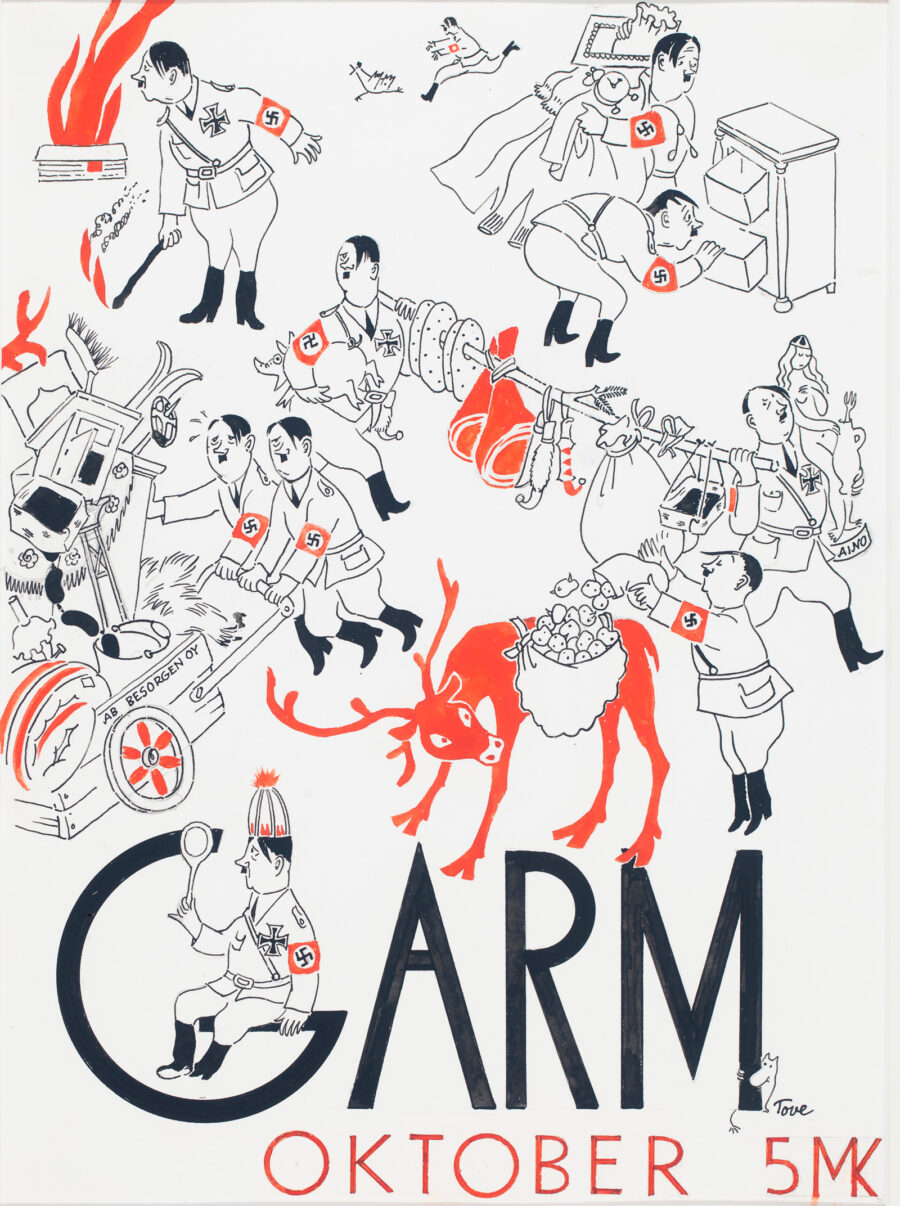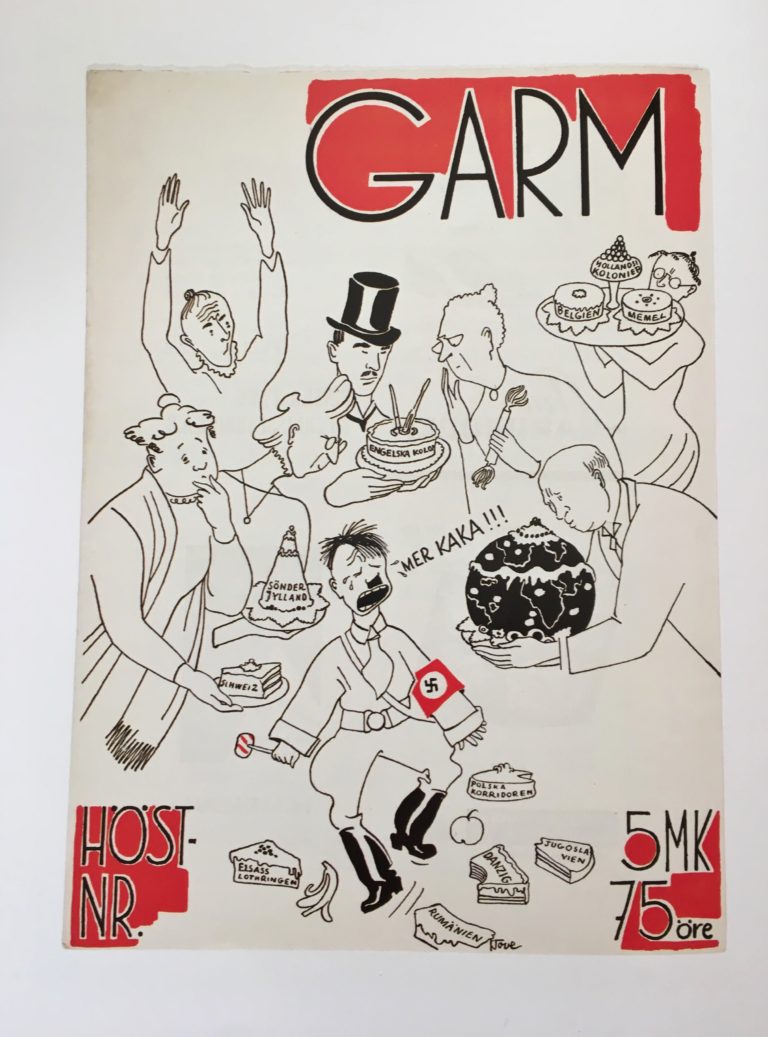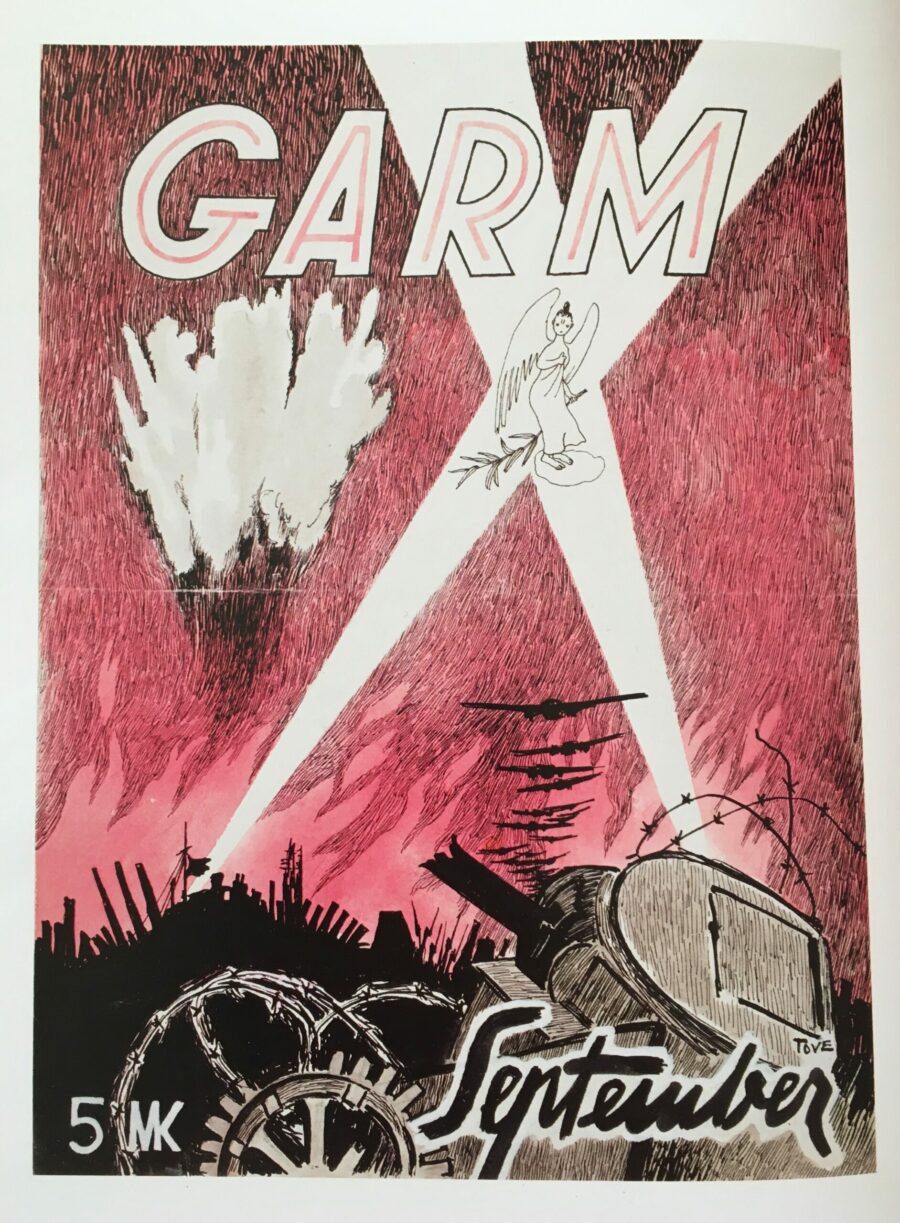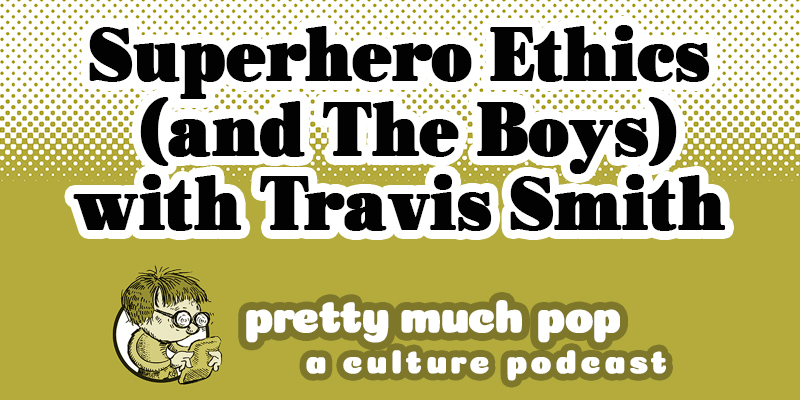“I enjoy poking fun at anything educated people do and civilized society perpetuates that is odd, frustrating, wacky, or hypocritical,” cartoonist Amy Kurzweil, above, recently told the New York Public Library’s Margo Moore.
Unsurprisingly, she’s been getting published in The New Yorker a lot of late.
The process for getting cartoons accepted there is the stuff of legend, though reportedly less grueling since Emma Allen, the magazine’s youngest and first-ever female cartoon editor, took over. Allen has made a point of seeking out fresh voices, and working with them to help mold their submissions into something in The New Yorker vein, rather than “this endless game of presenting work and then hearing ‘yes’ or ‘no.’”
Kurzweil has a fondness for literary themes (and the same brand of pencils that John Steinbeck, Truman Capote, and Vladimir Nabokov preferred—Blackwings—whether in her hand or, conversing with Allen on Zoom, above, in her ears.)
Getting the joke of a New Yorker cartoon often depends on getting the reference, and while both women seem tickled at the first example, Kurzweil’s mash-up of Proust’s Remembrance of Things Past and the picture book If You Give a Mouse a Cookie, it may go over many readers’ heads.
The thing that holds it all together?
Madeleines, of course, though outside France, not every Proust lover is able to identify an inked representation of this evocative cookie by shape.
Kurzweil states that she has never actually read the children’s book that supplies half the context.
(It’s okay. Like the idea that memories can be triggered by certain nostalgic scents, its concept is pretty easy to grasp.)
Nor has she read philosopher Derek Parfit’s whopping 1,928-page On What Matters. Her inspiration for using it in a cartoon is her personal connection to the massive, unread three-volume set in her family’s library. Because both the size and the title are part of the joke, she directs the viewer’s eye to the unwieldy tome with a light watercolor wash.
She also has a good tip for anyone drawing a library scene—go figurative, rather than literal, varying sizes and shapes until the eye is tricked into seeing what is merely suggested.
A all-too-true literary experience informs her second example at the 4:30 mark—that of a little known author giving a reading in a bookstore. Despite a preference for drawing “fleshy things like people and animals” she forgoes depicting the author or those in attendance, giving the punchline instead to the event posters in the store’s window.
As she told the NYPL’s Moore:
A cartoon is always an opportunity to showcase a contemporary phenomenon by exaggerating it or placing it in a different context.
Over the last year, a huge number of New Yorker cartoons have concerned themselves with the domestic dullness of the pandemic, but when Allen asked if she has a favorite New Yorker cartoon cliché, Kurzweil went with “the Moby Dick trope, because whales are easy to draw, and I like a good metaphor for the unattainable.”
Related Content:
New Yorker Cartoon Editor Bob Mankoff Reveals the Secret of a Successful New Yorker Cartoon
The Not Yorker: A Collection of Rejected & Late Cover Submissions to The New Yorker
Download a Complete, Cover-to-Cover Parody of The New Yorker: 80 Pages of Fine Satire
Ayun Halliday is an author, illustrator, theater maker and Chief Primatologist of the East Village Inky zine. She most recently appeared as a French Canadian bear who travels to New York City in search of food and meaning in Greg Kotis’ short film, L’Ourse. Follow her @AyunHalliday.
